Filter books by:
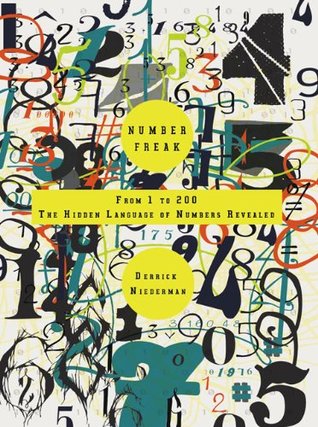
Number Freak : From 1 to 200 The Hidden Language of Numbers Revealed
Maths Concepts
Australian Curriculum: Description
“Number Freak is a guided tour of the numbers 1 to 200 – covering everything from basic mathematical principles to ancient unsolved theorems, from sublime theory to delightfully ridiculous trivia, and spanning the worlds of science, nature, sports, literature, pop culture and more”.
Teaching ideas
Hooks/starters for lessons. Introduction to new topics. Ideas to showcase mathematics or numeracy at subject evenings, open days, learning fairs etc. Lots of cross-KLA references and ideas to spark interests.
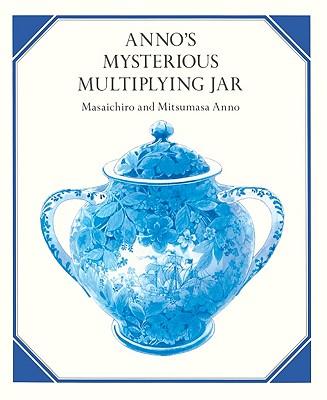
Anno’s Mysterious Multiplying Jar
Strand
Number
Look for a pattern
Australian Curriculum: Description
Select and apply efficient mental and written strategies and appropriate digital technologies to solve problems involving all four operations with whole numbers (ACMNA123)
Teaching ideas
At a year 6 level, factorial numbers can be used to help students understand and be able to explain the power of the operation of multiplication in contrast with addition. Specialist Mathematics in the Senior Secondary Mathematics Curriculum (ACARA) covers the concept of factorial notation (ACMSM003).
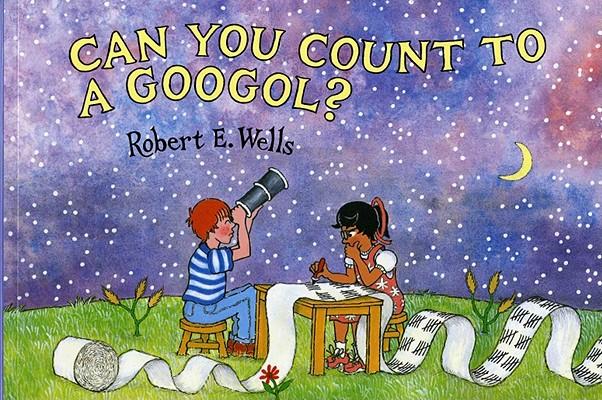
Can you count to a googol?
Strand
Number
Maths Concepts
Australian Curriculum: Description
Recognise, model, represent and order numbers to at least 10 000 (ACMNA052); Apply place value to partition, rearrange and regroup numbers to at least 10 000 to assist calculations and solve problems (ACMNA053); 4-Recognise, represent and order numbers to at least tens of thousands (ACMNA072); Apply place value to partition, rearrange and regroup numbers to at least tens of thousands to assist calculations and solve problems (ACMNA073); 7-Investigate index notation and represent whole numbers as products of powers of prime numbers (ACMNA149)
Teaching ideas
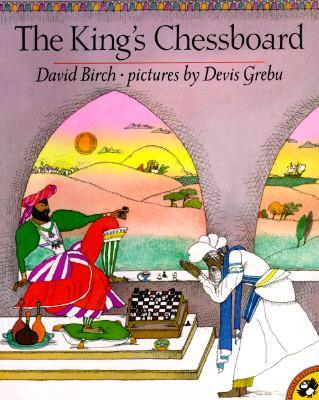
The King’s Chessboard
Strand
Number
Australian Curriculum Year Level
Year 7
Multiplication and Division Triangle
Maths Concepts
Australian Curriculum: Description
Introduce the concept of variables as a way of representing numbers using letters (ACMNA175)
Teaching ideas
Explore the concept if the wise man had asked for one gain on the first day, three on the second day, nine on the third day etc (x^3). How quickly would she have reached 1 billion grains?
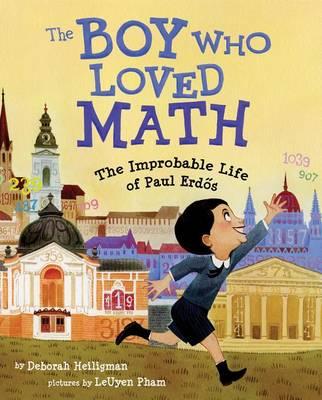
The Boy who Loved Math
Strand
Number
Australian Curriculum Year Level
Year 7
Multiplication and Division Triangle
Maths Concepts
Australian Curriculum: Description
Investigate index notation and represent whole numbers as products of powers of prime numbers (ACMNA149)
Teaching ideas
Used as an introductory tool for prime numbers and also collaborative work.
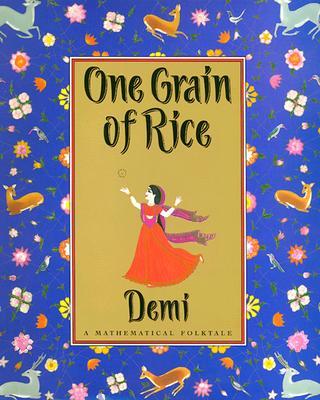
One Grain of Rice
Strand
Number
Australian Curriculum Year Level
Year 7
Multiplication and Division Triangle
Maths Concepts
Australian Curriculum: Description
Introduce the concept of variables as a way of representing numbers using letters (ACMNA175)
Teaching ideas
Explore the concept if Rani had asked for one gain on the first day, three on the second day, nine on the third day etc (x^3). How quickly would she have reached 1 billion grains?
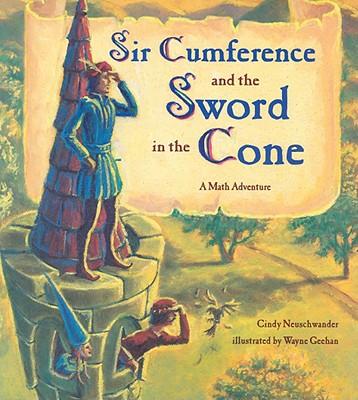
Sir Cumference and the Sword in the Cone
Strand
Number
Multiplication and Division Triangle
Maths Concepts
Australian Curriculum: Description
Year 5 – Measurement and Geometry : Shape – Connect three-dimensional objects with their nets and other two-dimensional representations (ACMMG111); Year 6 – Measurement and Geometry : Shape – Construct simple prisms and pyramids (ACMMG140); Year 7 – Measurement and Geometry : Shape – Draw different views of prisms and solids formed from combinations of prisms (ACMMG161); Year 8 – Measurement and Geometry : Shape – Investigate the relationship between features of circles such as circumference, area, radius and diameter. Use formulas to solve problems involving circumference and area (ACMMG197).
Teaching ideas
* Year 5 students could use page 5 to "form the solids and find their places"; * Year 6 students could use page 5 to "form the solids and find their places"; * Year 7 students could investigate Euler's Law by folding nets to form prisms and pyramids. They =could then draw up an investigation table (page 12) and draw their own conclusions; * By year 8 the mathematical vocabulary students know should enable them to understand and apprecaite the entire book. The teacher could pose the problem from the book without reading it, and have students work in groups to solve it. Were the steps you took to solving it the same as Radius and Vertex's?
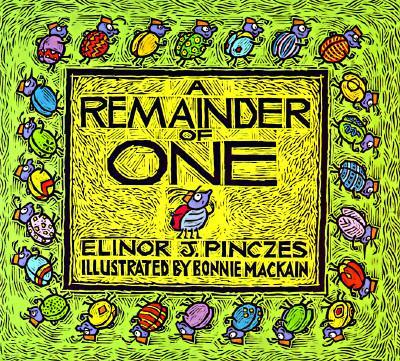
A Remainder of One
Strand
Number
Multiplication and Division Triangle
Maths Concepts
Australian Curriculum: Description
Number and Algebra : Number and Place Value – Solve problems involving division by a one digit number, including those that result in a remainder (ACMNA101); Investigate index notation and represent whole numbers as products of powers of prime numbers (ACMNA149)
